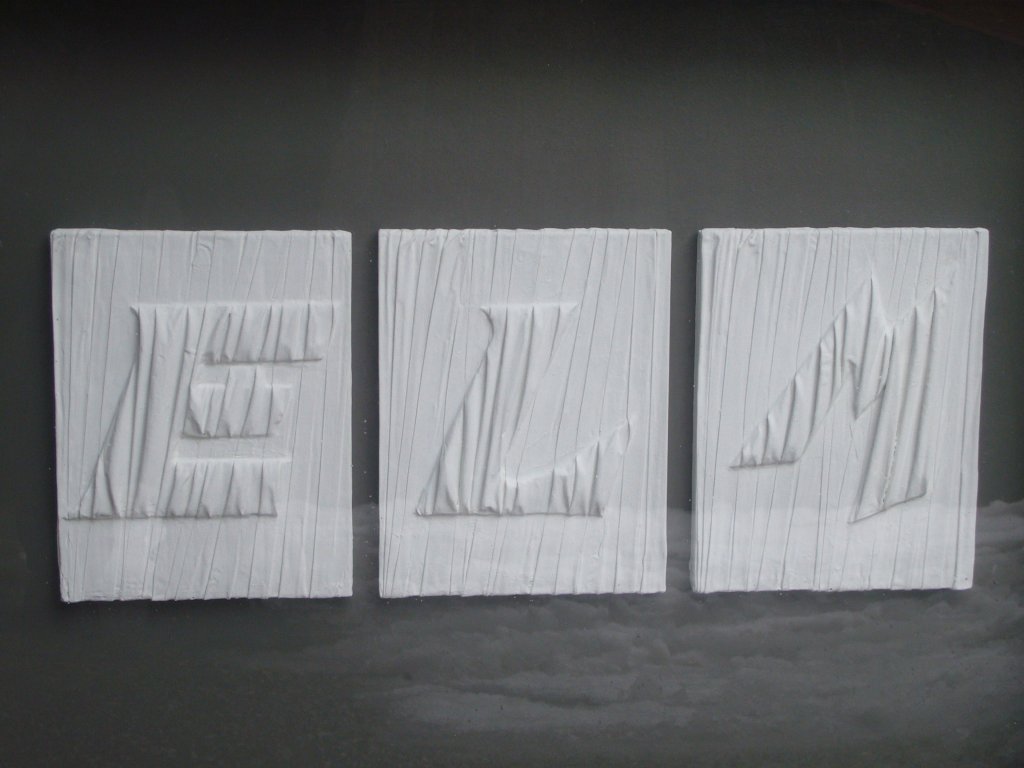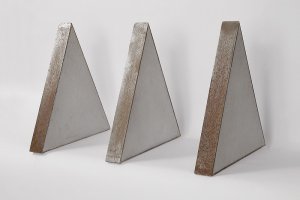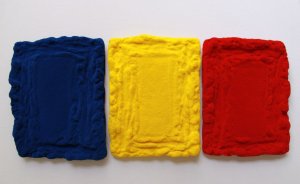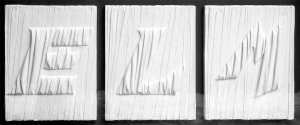TRESARTES - Dieci Artisti per i Primi Tre Anni di Progettoarte-elm a cura di Giuditta Deodato Thu 15 December 2011 - Mon 31 December 2012
Three like Progettoarte’s years of life. Three like its creators and founders. Three as the “fil rouge” of the works introduced in their exhibition, that collects some of the artists with who the gallery has collaborated the most. Progettoarte was born in Autumn 2008 by the initiative of Ernesto Gisondi, Massimo Lusci and Luca Codiglioni, guided by a passion for art and a long-lasting experience in collectibles and art market. Thus not just a symbolic three that becomes a celebrating expedient of the strong activity Progettoarte has been bringing about since 2008, but also a three that comes back in the works of this collective exhibition, sometimes as a formal element, sometimes as a conceptual ingredient. Claudio Verna, Enzo Cacciola, Giuseppe Spagnulo, Giuseppe Uncini, Mario Raciti, Mauro Staccioli, Pino Deodato, Pino Pinelli, Umberto Mariani, Valentino Vago. These are the artists who on this occasion present some works that, in their uniqueness, aim at wishing together good luck to Progettoarte, recognising the profitable activity of its first three years of life. Full of symbolic meanings, number three is present in the collective imagination sometimes as a perfect number, sometimes as prime number, in the light of our school reminiscences, sometimes strictly associated with a religious heritage, that is more or less present in our store of knowledge. By the way, three is a number full of meanings in the Christian symbolism, let’s just not forget the Trinity concept as its central dogma. Yet, in hindsight, number three can be explored in the light of its transcultural matrix: not just the Christian tradition, but also other religious faiths and other thinking systems highlight a special attention to the symbols associated with Triads, first of all birth. Existence, death, mind, body, soul, past, present, future. Popular and religious traditions that first of all gather divinities in Triads are many.
Triad is a pantheistic principle that embraces everything and is an ordering principle of the cosmic order. For instance at the basis of Miter cult, in the first centuries after Christ, the most widespread religion in the Roman Empire introduced by Nerone and originating from the Far East, there is a Triad composed of the Ormuzd-Anahita-Mithra divinities. Three moreover is a number that is frequently found in Eastern religions: in Hinduism, Brahma, Vishnu and Shiva compose Trimurti, a divine Trinity in which Brahama is the creator God, Vishnu the conservative God and Shiva the destruction one.
Also on a literary tradition level, number three always represents a decisive factor from a content and formal point of view. Full of Christian symbols, Dante Alighieri’s Divine Comedy is divided into three canticas, each one made of 33 sections with verses grouped in tercets. That is not all: number three constantly acts as narrative element within the plot: three are the wild beasts that the protagonist meets in the dark forest, as well as three are the female figures that rush to his aid. At last, on an anthropological level, different mystical and esoteric interpretations of the world often foresee formulas to be repeated thrice, as well as three are the steps that characterise the initiation and passage rites in different societies: the phase of detachment from the present condition, the phase of suspension either of the object or of the person that are protagonists of the ritual, the phase of assumption of a new condition of the being.
Thus “Tresartes” becomes an oppotunity to present again to the audience Progettoarte artists, closing a lively exhibition season and about to start a very lively new one.



